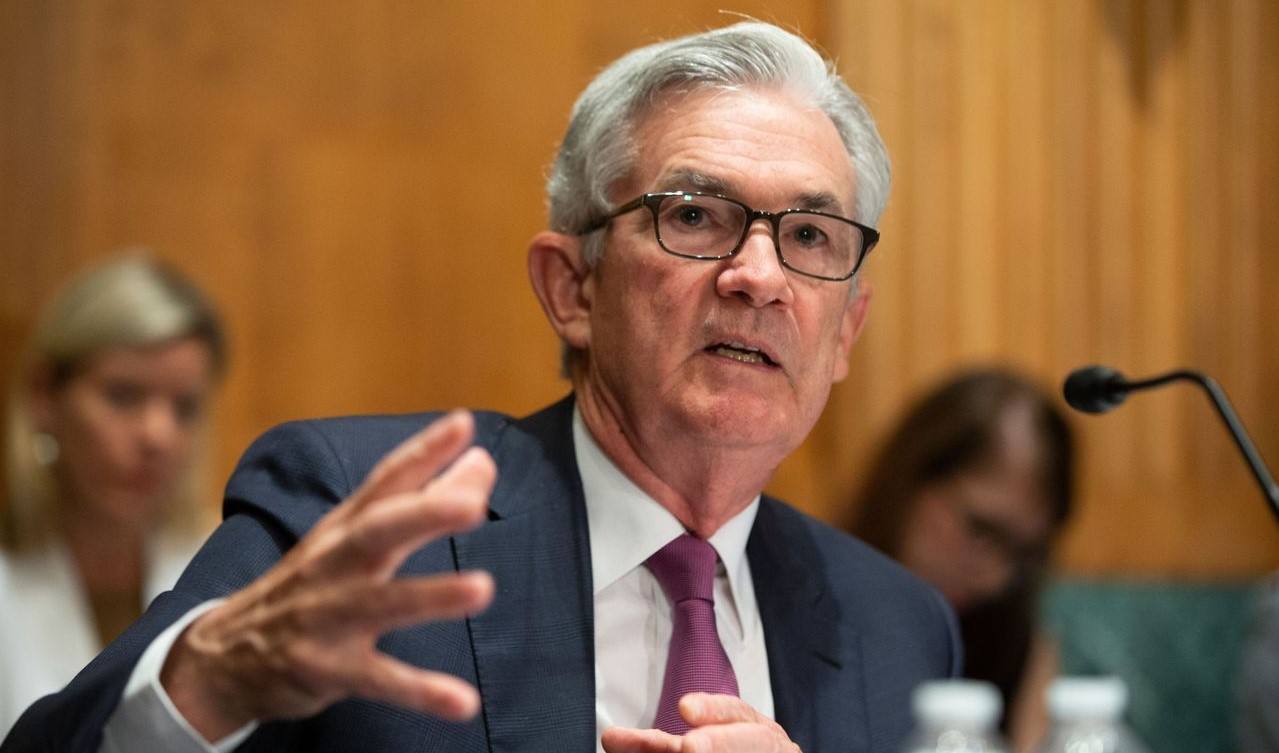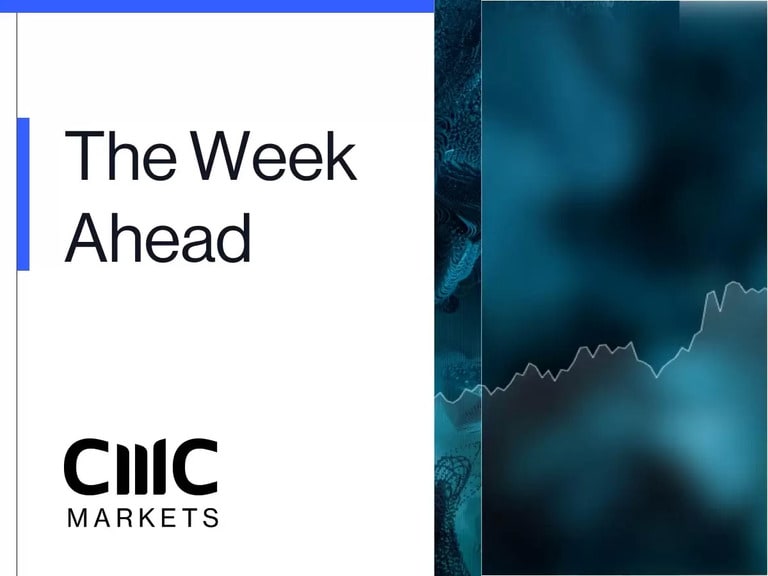European markets fell back yesterday as the political temperature in the Middle East ratcheted up further in the wake of the hospital bombing in Gaza.
Even with evidence emerging that Israel probably wasn’t responsible for the blast, the reality is that the truth of who was to blame no longer matters with the fog of war only serving to reinforce people’s already entrenched positions.
The reality is that most people have already decided who is to blame and aren’t likely to be dissuaded from their positions whatever evidence is presented to the contrary.
This means it is going to become much harder for cooler heads to prevail which helps explain why we have seen haven demand help to push gold prices to their highest levels since early August, while the US dollar is also back retesting the highs of the week.
With Iran calling for an oil embargo the temperature is slowly being dialled higher, with the region becoming even more of a tinderbox, and isn’t being helped by irresponsible reporting from news organisations who ought to know better who are failing to verify sources before reporting them as facts.
US markets also fell sharply, the S&P500 giving up all its gains this week and closing at a one week low.
In the absence of a positive catalyst in the coming days there is a risk we could start to see further weakness if tensions escalate further. For the here and now European markets look set to open slightly lower, with Asia markets also trading sharply lower this morning.
Markets are also having to contend with rising US rates ahead of the upcoming Fed meeting, with US long term rates rising to fresh 16-year highs across the curve, in expectation that rates could well stay high for a lot longer. The US 30-year yield has been a notable mover this week touching 5% for the first time since August 2007, while US mortgage rates rose to 8%.
Over the past few days we’ve had an avalanche of Fed speak with the likes of Fed governors Christopher Waller, Michelle Bowman, Lisa Cook, Philip Jefferson, New York Fed President John Williams, Philadelphia Fed President Patrick Harker all making the case for higher for longer and keeping rates restrictive, while today we’ll get to hear from Fed chairman Jay Powell, who is likely to be the main event as far as Fed jibber jabber is concerned.
Sadly that won't be the end of it as we'll also get to hear the musing of Harker again, as well as Chicago Fed President Austan Goolsbee, and Governor Barr, in what can only be described as Fed speak overkill, as we close in on the looming blackout period.
The Powell speech will be key though with the Fed meeting coming up on November 1st, and while he probably won’t commit the central bank to a hike at this meeting, he is likely to say that rates are already restrictive given recent moves higher in yields. There will certainly be a commitment to higher for longer.
After the various data releases of the last few days, which showed a resilient US economy, the only data of note is the latest weekly jobless claims which are expected to tick higher to 210k. Last night’s Beige Book didn’t add too much to the overall picture of a resilient US economy, although there were signs that it is starting to slow, particularly with respect to wage growth.
EUR/USD – another failure at trend line resistance from the July highs yesterday has seen the euro slip back. The main support remains at the October lows at 1.0450, as well as the 1.0400 area which is 50% retracement of the 0.9535/1.1275 up move.
GBP/USD – continues to struggle above the 1.2200 area, while finding bids just above 1.2100. We need to see a move through the 1.2340 area to unlock a move to the 1.2430 area and 200-day SMA. A move below 1.2000 targets the 1.1835 area, 50% retracement of the move from the record lows at 1.0330 to the recent peaks at 1.3145.
EUR/GBP – another choppy day with resistance close to the September highs and the 200-day SMA between the 0.8700 and 0.8720 area. Still have trend line support from the August lows, now at 0.8625 and which is currently intersecting just above at the 50 and 100-day SMA.
USD/JPY – edging back towards the previous highs at 150.16, with a break of 150.30 targeting a move towards 152.20. Support at the lows this week at 148.75.






